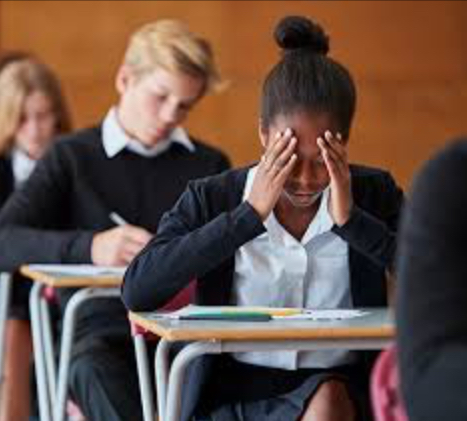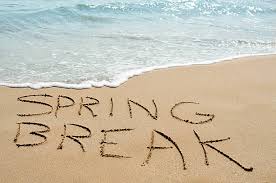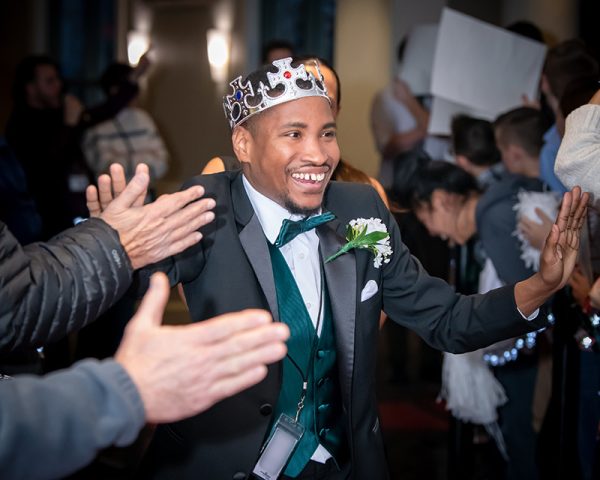The Rise of Anxiety
October 1, 2019

In the world of speed and timely service, one can easily feel out of sorts and anxious by the smallest things. It is a growing problem in teenagers to the extent that one out of three adolescents have some form of anxiety by the age of 18.
While the root cause of anxiety is still unknown as it can vary for each person, for teenagers specifically, it can stem from genetics, brain chemistry, home environments and traumatic or stressful life events. With so many causes, anxiety easily creeps into everyday life and can be hard to deal with and even harder to be rid of, if one can rid themselves of it.
“Identifying your triggers can take some time and self-reflection. In the meantime, there are things you can do to try to help calm or quiet your anxiety from taking over,” says Healthline.
The first step to coping with anxiety is identifying your triggers according to Healthline. In the meantime, one can find ways to calm themselves in situations in which they feel anxious by first questioning their thought patterns. Negative thoughts can “distort the severity of the situation.” By filling oneself with positive thoughts, it can be easier to find a way out of the dark spiral that anxiety can send one down.
Another way to calm oneself is through deep breathing and aromatherapy. Healthline suggests “breathing in for 4 counts and breathing out for 4 counts for 5 minutes total. By evening out your breath, you’ll slow your heart rate which should help calm you down.” With aromatherapy, scents like lavender or chamomile can calm oneself and “help activate certain receptors in your brain, potentially easing anxiety.”
The last two ways to ease anxiety is by writing down one’s thoughts and through 15 minutes of light yoga or walking. Through writing, one can help themselves by ridding their mind of their anxious thoughts onto the paper, so that it seems less daunting and giving the angst inside less power. Through exercise, one can feel as though they are simply walking away from the situation and “taking some time to focus on your body and not your mind may help relieve your anxiety.”
While these methods may help relieve anxiety, they are targeted more towards sporadic bursts of anxiety rather than generalized anxiety disorder (GAD), though they may help for GAD patients too. However, if one is dealing with GAD, it would be wise to seek more long-term treatment versus temporary and fleeting solves. It would be wise to consult one’s doctor if in such a situation as medication may be available for use.
Anxiety on whole is not dangerous, but it can be if one doesn’t identify the type of anxiety they have. Through this identification, one can seek further help, and if one begins to experience anxiety attacks, their anxiety may be more serious than they realize and should seek further help than the tips above.
With that said, anxiety is now becoming more common than ever and with one out of three teenagers experiencing it, perhaps more should be done to help students cope in more direct ways. With the help of schools, churches and organizations, students could have access to help with their anxiety and ways to manage it, but will they receive the help they seek? Only time can tell.







